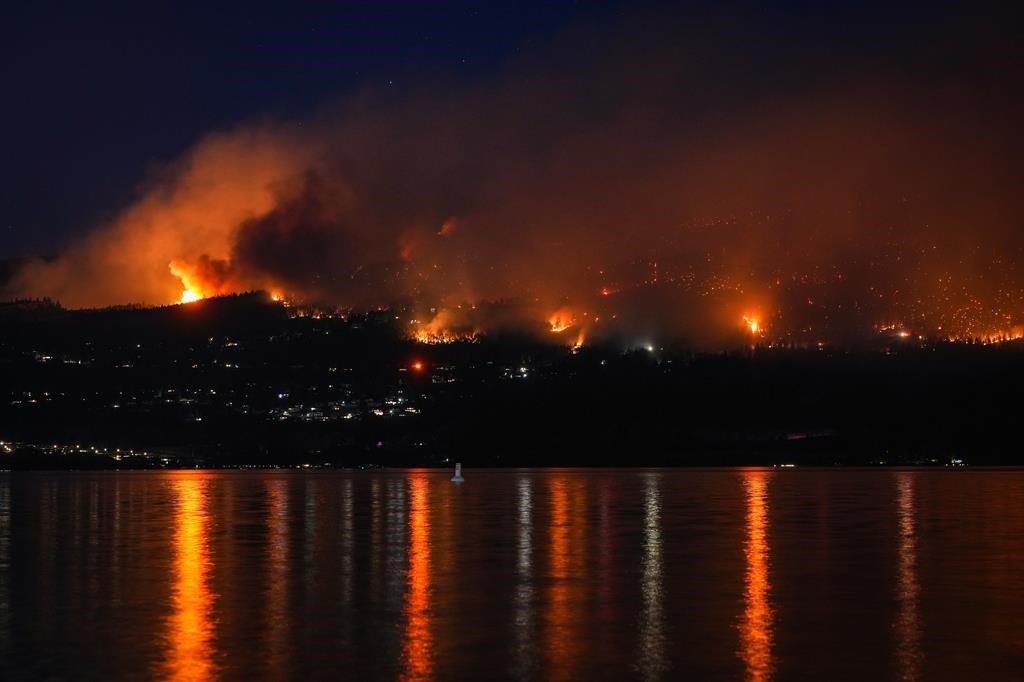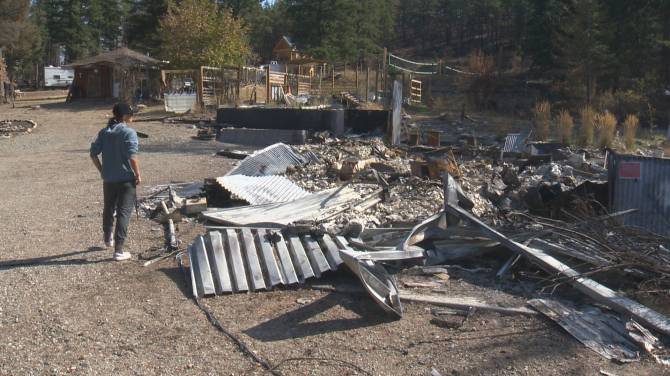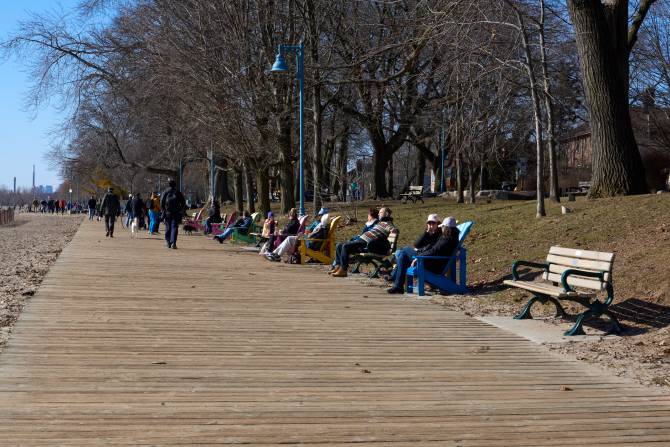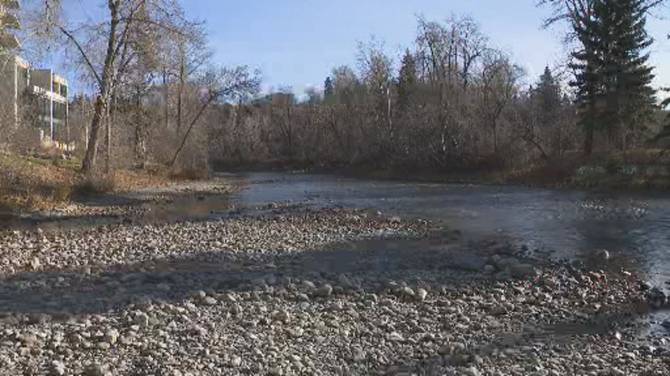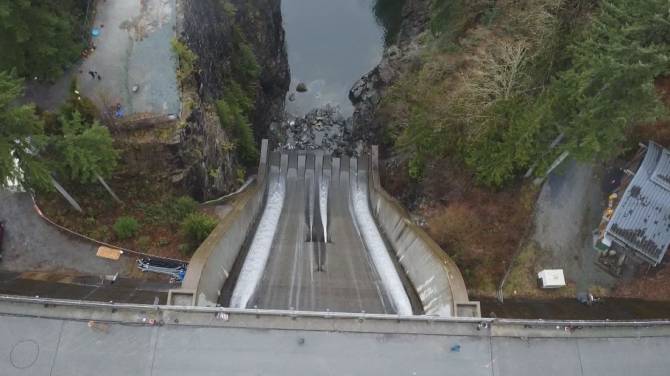The darkness of night has traditionally indicated relief for wildland firefighters, but a new Canadian study shows that this is changing, and drought is the main cause.
The study states that the availability of bone-dry fuels is the primary mechanism promoting extreme fire behavior and growth at night, although rising temperatures are also breaking down the “climatological barrier” that has previously restricted overnight burning.
Exploring the role of drought led the researchers to demonstrate that daytime conditions can be used to predict whether a fire will continue to burn and potentially spread through the night — information that could be essential for firefighting efforts.
Mike Flannigan, one of the study’s co-authors in British Columbia, mentioned, “We have fire growth models, and they perform well during the day most of the time, which is usually the most crucial part. But they don’t work well at night.”
“Any kind of information on how active a fire will be at night is very critical… particularly if a fire is approaching a town, like West Kelowna last year,” he says, recalling a fast-moving blaze that started tearing through part of the Okanagan community one evening last August, ultimately destroying almost 200 homes.
In such scenarios, wildland firefighters work overnight when flames threaten people and infrastructure. It’s not standard practice for most fires, and traditionally, nighttime relief is “almost relied upon as a given,” he says.
The study, published in the peer-reviewed journal Nature, suggests that this is an increasingly risky proposition as climate models predict hotter and drier summers, conditions that Flannigan describes as a “powder keg” for wildfire.
Canada’s drought bulletin indicates pockets of “exceptional” and “extreme” drought in central B.C. and southern Alberta, while drought conditions in large areas of both provinces were categorized as moderate to severe at the time of the Feb. 29 update.
Flannigan, a professor at Thompson Rivers University in Kamloops and the B.C. research chair in predictive services, emergency management and fire science, expressed concern, saying, “If I were looking towards this summer, I’d be worried about overnight burning.”
The study utilized wildfire records and satellite data to analyze more than 23,500 blazes across North America from 2017 to 2020. The researchers identified 1,095 overnight burning incidents linked to 340 wildfires and discovered that the vast majority spanned at least 10 square kilometers.
The paper states that the primary driving forces were the dryness and availability of forest fuels, such as grasses, fallen leaves, twigs, and branches.
The research, led by Kaiwei Luo at the University of Alberta, also found that overnight burning often occurred within two days of ignition.
This is significant, Flannigan explains, as it is a critical time for mobilizing firefighting resources with the aim of containing flames before they spread.
The study also revealed that 85% of all overnight fires burned for consecutive days or even weeks at a time.
The researchers didn’t just connect lack of rain with fires that burn at night. They also made models to see if they could predict it, which could be a very useful tool, and discovered that daytime conditions influence what happens at night.
“On that day, you can predict that there's a high chance the fire will keep burning through the night, and get ready for it,” Flannigan says about the new modeling.
Flannigan collaborates closely with the BC Wildfire Service's predictive services division and says the researchers will offer their model to be tested this summer.
“Not every year will have a lot of fires. Some years will be cooler, some years will be wetter,” he says.
“But on average, we’re going to see hotter, drier summers, which leads to conditions more conducive to fire.”
“We should consider … fighting fires during the day and night,” he says. “Instead of it being a rare occurrence, it will become much more common.”
B.C. has not updated its drought information portal this year, but the latest update from November indicates that much of northern B.C. is in severe drought, and the snowpack across the province has been lower than usual all winter.


